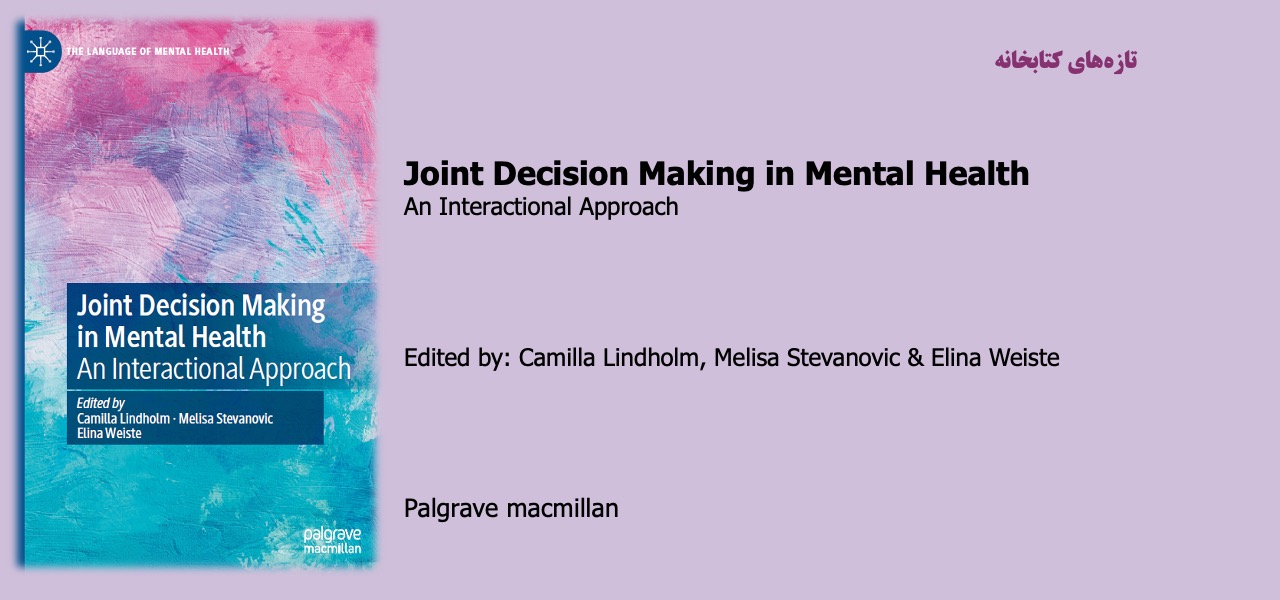Joint Decision Making in Mental Health An Interactional Approach

Social inclusion and exclusion are successful buzzwords in today’s political discourse. At their core, these concepts were created to explain and help to transform the complex reality of our times. Famously, according to the citizenship theory by Marshall (1964), one of the more significant master trends in modern social change is movement toward increasing social inclusion (Colomy & Brown, 1996). The notion of social inclusion has been associated with various dimensions related to the basic needs of humans: occupation, protection, recognition, education, bonds, and participation (Canal, 2010, p. 15). Social exclusion, in contrast, has been defined as “refusing people and/or social groups’ access to the resources which, in a specific place and at a specific historical time, are considered socially valuable and necessary for a dignified and autonomous life” (Canal, 2010, p. 10). While there are many causes of social exclusion, one of the factors repeatedly shown to lead to social exclusion is mental illness, which may hinder people in developing themselves in accordance with their wishes and abilities (e.g., Knapp, 2003; Morgan, Burns, Fitzpatrick, Pinfold, & Priebe, 2007; Payne, 2006). Even today, people with mental illnesses are in one of the most marginalized positions in society (WHO, 2013).
مطالب مرتبط

اصول روان درمانگری و مشاوره با رویکرد اسلامی (مفاهیم، فرآیند و فنون)
۲۶ / بهمن / ۱۴۰۳

آموزش مهارت نوشتن از منظر شناختی
۲۶ / بهمن / ۱۴۰۳


